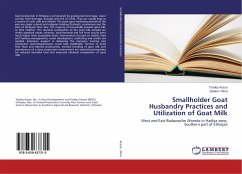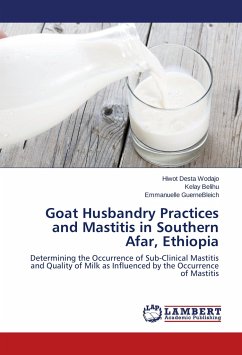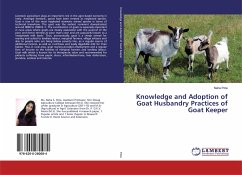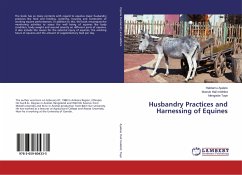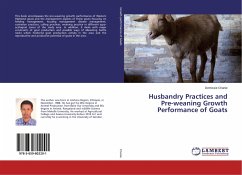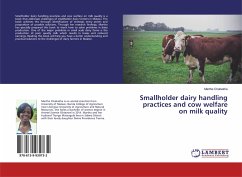Goat production in Ethiopia is constrained by grazing land shortage, water scarcity, feed shortage, draught and lack of credit. They are usually kept as a source of cash, milk and wealth. The peak goat marketing periods of the year are major cultural and religious holidays (festivals), ceremonies and the start of Ethiopian New Year. The majority of households provide goat milk to their children. The chemical composition of the goat milk samples are within standard values, whereas, total bacterial and coli form counts were much higher than acceptable levels. Interventions focused on health, feed and feeding managements, water development, marketing and credits are needed. Extension support in delivering the necessary training and production technologies/inputs could help smallholder farmers to build their flock and improve productivity. Sanitary handling of goat milk and maintenance of a clean production environment are essential prerequisites for reduced microbial load and improved chemical composition of goat milk.
Bitte wählen Sie Ihr Anliegen aus.
Rechnungen
Retourenschein anfordern
Bestellstatus
Storno

